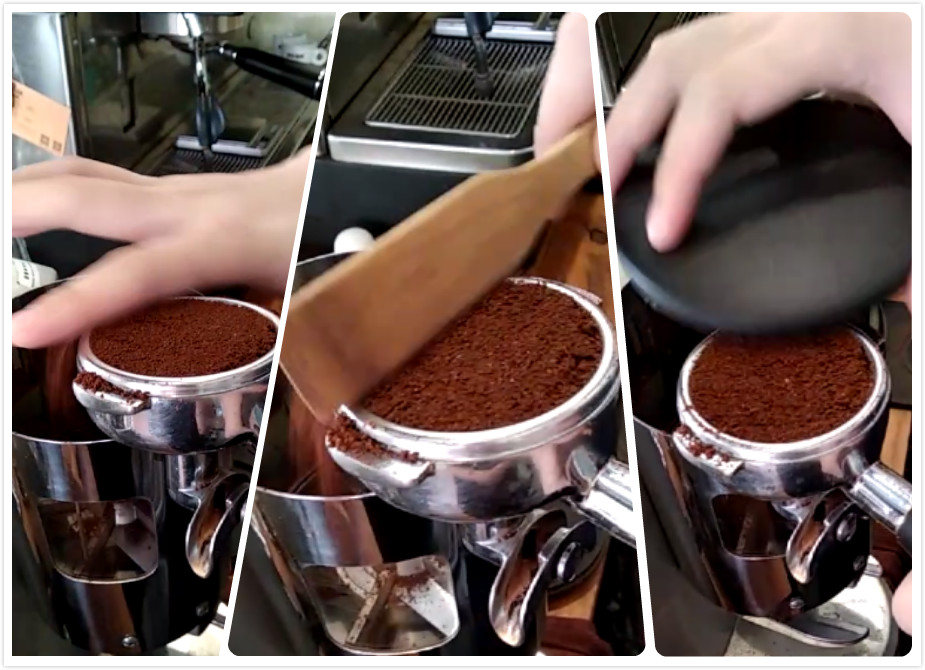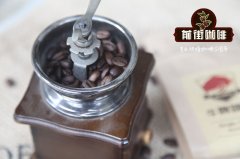I'll tell you how to check and clean up the blockage of the exhaust pipe of the coffee roaster.

Professional coffee knowledge exchange more coffee bean information please follow the coffee workshop (Wechat official account cafe_style)
[introduction] for professional coffee roasting, pipe congestion is always a headache. Coffee beans will produce oil fumes at the same time, which is not only exhaust gas, but also mixed with a lot of silver dandruff and dirt impurities carried by raw beans, as long as the coffee roaster continues to run.

Pipe congestion is always a headache for professional coffee roasting. Coffee beans will produce oil fume at the same time, this oil fume is not only exhaust gas, but also mixed with a lot of silver skin dandruff and dirt impurities carried by raw beans, as long as the coffee roaster continues to run, this kind of oil fume full of impurities and dandruff will continue to be produced and discharged, and the oil fume dandruff with high viscosity will gradually adhere to the surface of the object in contact, and will proliferate and thicken, resulting in obstruction of the exhaust pipe. Blocking does not need to wait until your pipe is completely blocked, as long as it accumulates to a certain thickness, it will greatly affect the baking quality of coffee beans and the performance in the cup.
Blockage can occur in any link, from the throttle, fan blades, dust collection buckets, static motors, to any smoke exhaust path! Often you have noticed all the places you think should be cleaned, and the blockage may still occur in places you do not expect. Serious blockage will cause all your baking data to fail, making your daily coffee roasting a dream because you can't taste what you should have, but uninvited what you shouldn't.
How can we detect the occurrence of congestion? When you find that one or more of the following symptoms appear, it is that obstruction may have occurred!
1. The heating rate deviates from the normal, and the temperature in the middle of the baking begins to rise faster than usual, and the more the tail, the greater the deviation.
two。 It tastes sweet, but it tastes like a mist.
3. Lack of clean brightness (brightness) tends to one of the following: a sweet, dull taste or a strong acidity on both sides of the tongue.
4. Some aromas can be smelled when they are ground (dry), but not in the mouth.
5. With salty taste, the plot ranges from very small to very obvious. The salty taste can be easily detected by using Espresso Cupping.
6. There is an unclean miscellaneous or astringent taste.

What should we do when we find that there may be symptoms of pipeline obstruction? Here are the cleaning steps you should take:
1. Stop work and flameout immediately and wait for the roaster to cool completely to room temperature.
two。 Remove and remove all exhaust pipe paths, gradually confirm whether there is blockage in the following units: roaster body (exhaust path, air door, fan blade), dust collection bucket (upper layer, middle layer, around funnel), all air duct paths (especially at turning points or diameter changes), static motor (air inlet and outlet, filter net, pole plate, exhaust fan), outdoor chimney line. All the places where the waste gas will pass need to be dismantled and checked.
3. Will block, hyperplasia dandruff place, regardless of the seriousness of the plot, all thoroughly clean.
4. After installation, the return to zero baking test program is carried out, and the new baking data is recorded according to the results of the return to zero test.
5. Set up the baking counter, return to zero and begin to record the number of baking ovens after cleaning.
6. In the cleaning operation, it is possible to use non-depilating towels, avoid using hard brushes, and pay attention to the integrity of the rubber band at the link during installation.
Important Notice :
前街咖啡 FrontStreet Coffee has moved to new addredd:
FrontStreet Coffee Address: 315,Donghua East Road,GuangZhou
Tel:020 38364473
- Prev

The second basic action of making Italian coffee: powder
Professional coffee knowledge exchange More coffee bean information Please pay attention to coffee workshop (Weixin Official Accounts cafe_style) The first basic action of making Italian coffee in the last issue [details are technology]: powder receiving said that powder receiving is the first action of powder distribution, so today, Xiao Bian will talk about powder distribution after powder receiving. After the coffee powder is ground, it will be
- Next

Practical: how to distinguish between genuine and fake Blue Mountain Coffee
Professional coffee knowledge exchange more coffee bean information please follow the coffee workshop (Wechat official account cafe_style) [guide] all say that Blue Mountain is good, Blue Mountain is really good. But are you sure you're drinking the real Blue Mountain? I dare say that more than 90% of the people who boast that they drink blue mountains are fake blue mountains. It is not that there are no real goods in China, but we should learn to be among ten thousand kinds of fake goods.
Related
- Beginners will see the "Coffee pull flower" guide!
- What is the difference between ice blog purified milk and ordinary milk coffee?
- Why is the Philippines the largest producer of crops in Liberia?
- For coffee extraction, should the fine powder be retained?
- How does extracted espresso fill pressed powder? How much strength does it take to press the powder?
- How to make jasmine cold extract coffee? Is the jasmine + latte good?
- Will this little toy really make the coffee taste better? How does Lily Drip affect coffee extraction?
- Will the action of slapping the filter cup also affect coffee extraction?
- What's the difference between powder-to-water ratio and powder-to-liquid ratio?
- What is the Ethiopian local species? What does it have to do with Heirloom native species?

